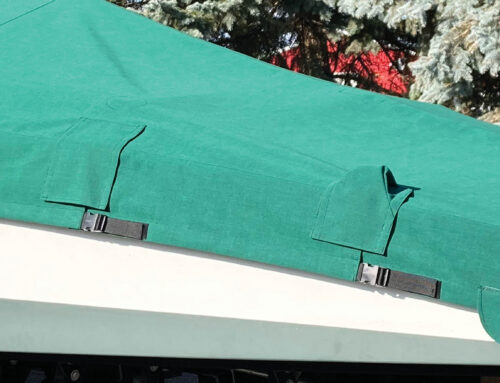Successful multigenerational workplaces

In today’s workforce, and particularly in the specialty fabrics industry, it’s difficult to bring in new, younger workers and make them feel engaged and productive. And with older workers delaying retirement, companies now must grapple with adapting to multigenerational workforces.
Engaging a new generation of workers
For the younger generation, being aware of their expectations and their opportunities is key, says Clint Halladay, chief operating officer of SewLong Custom Covers, which provides high-end marine canvas and other customized textiles. Halladay is committed to bringing in and mentoring younger workers and that, he says, requires a strong workplace mission. “Millennials and younger generations grew up with an evolving job-hunting process,” he says. “The days spent only being able to apply to two to four jobs are gone. They can apply to 50 in a matter of 10 minutes. Today, you can only keep people around and engaged if you have a clear vision and a higher purpose.”
Steve Belliveau, sales manager at Anchor Industries Inc., which produces tents, frames and awnings, says the industry cannot survive without what he calls NextGen employees.
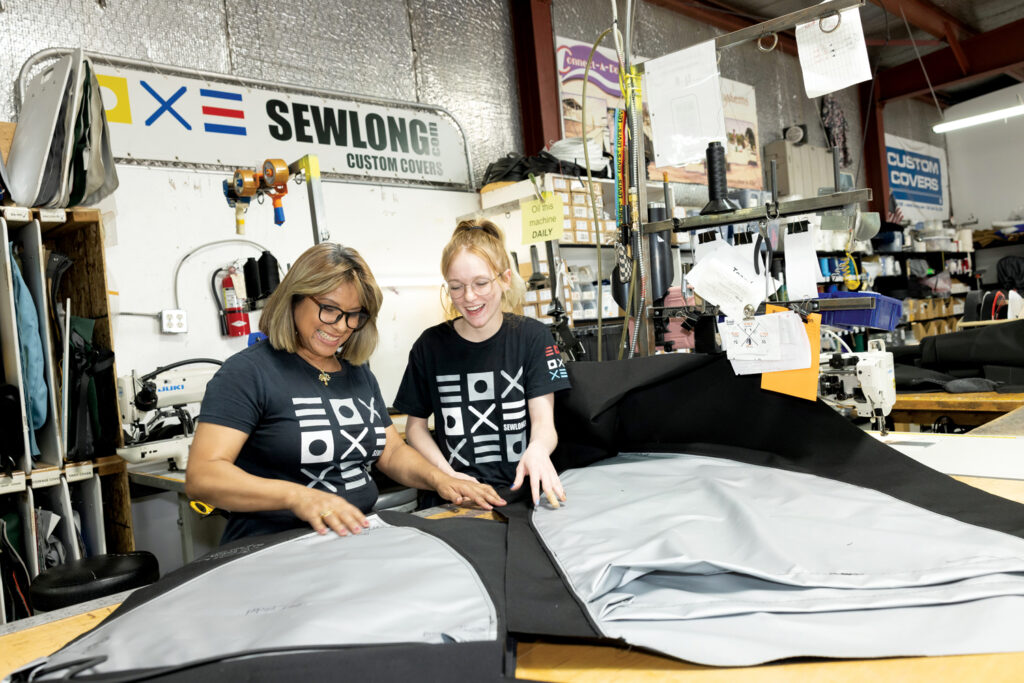
“There is a huge need for fresh and creative energy that [the younger generations] can bring to the table,” Belliveau says, noting that the industry demands new ideas, technology, products and services. “With younger people coming into this industry, you can’t assume they’re going to be doing this for the next 20, 30 or 40 years,” he says. “Even if they own a company, there’s a good chance they’ve sold that company and they’re on to something else.”
Jeff Butler, CEO of JButler International, which focuses on helping companies build workplace dynamics, says many of these issues can be headed off at the pass during the hiring process, particularly with smaller organizations such as those in the textiles industry. “If you’re good at recruitment, you’re not as worried about an employee not making a mark,” he says. “If you don’t have anyone else in your recruitment pipeline, you’ll say, ‘Well, we just need to do whatever we can to make them stay and get along with them,’ even though they might not be showing up on time or putting in the same amount of work as other people.”
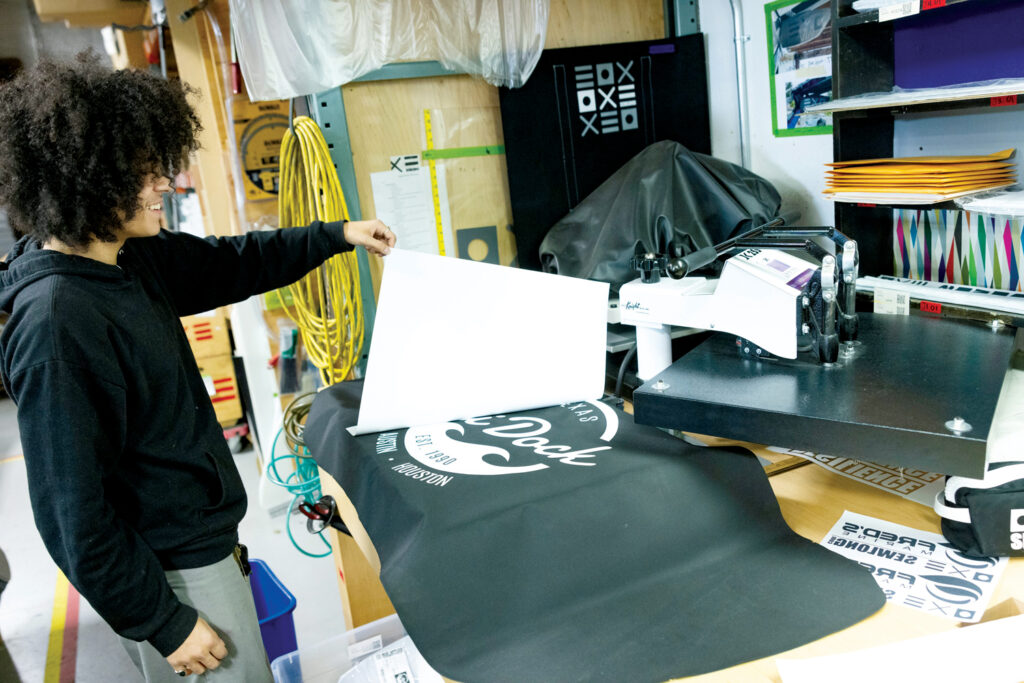
Sarah Sladek, founder and CEO of XYZ University, which focuses on creating successful intergenerational workforces, agrees. “It’s not really about the work itself; it’s about the work environment,” she says, adding that organizations that keep a younger workforce do two things exceptionally well: “They put people first and they’re future-focused. There’s a strong desire among young professionals today to work for leaders and organizations with a real commitment to relationship-building and planning for the future.”
Avoiding conflict
As for those who say older generations complain that the younger generations feel entitled or are unwilling to work hard, Halladay perceives it differently. “I have heard people complain that this generation is ‘lazy’ or ‘doesn’t get it’ or ‘insert criticism here.’ But this is a leadership issue. What generation didn’t lecture their youth about how hard they had it? It is the leader’s job to navigate, and good leaders constantly learn and experiment with new ideas.”
“What these comments are alluding to is disengagement,” says Sladek. “Today’s young people grew up in an era of disruption. As a result, they learned at a young age to be adaptable, driven and to question authority. Not surprisingly, if a work environment has continued to operate more or less the same for the past several years, young employees are likely to struggle to adapt to it or feel like they belong.”
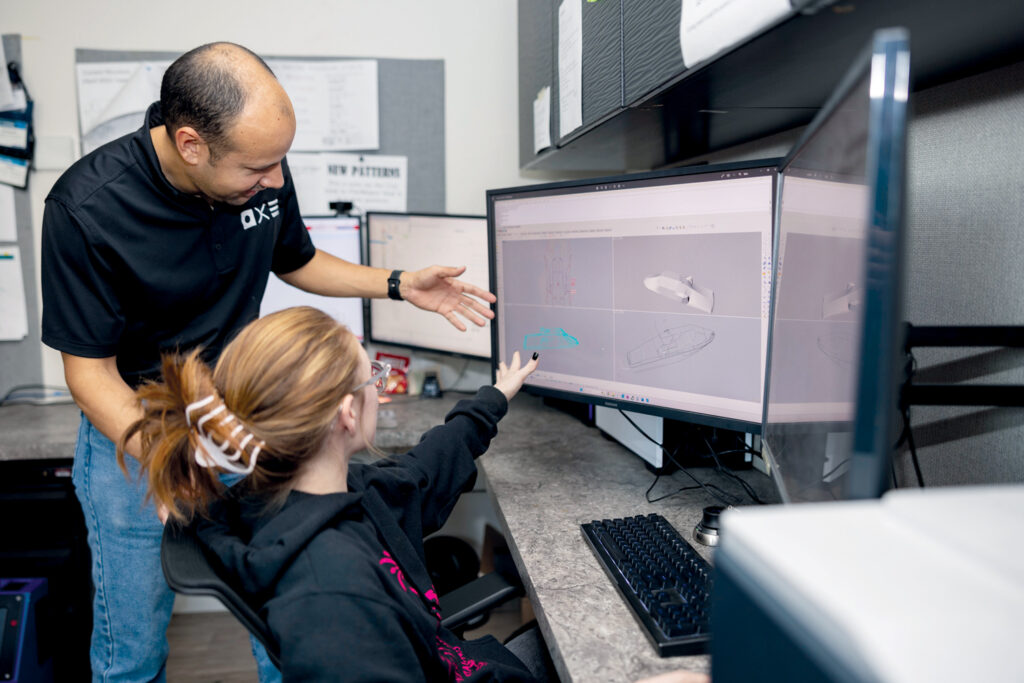
That doesn’t mean that there aren’t genuine challenges in having a multigenerational workforce come together. Tugs-of-war, says Sladek, emerge in all aspects of work because workplaces are now “experiencing a clash between [older] generations raised learning a hierarchical approach to work and [younger] generations raised learning a collaborative approach to work. Today’s young people are informed, well-educated and have acquired entirely new skill sets, and there’s real value in collaborating and team-building and flattening the hierarchy,” she says.
For Halladay, that means, in part, tamping down his own ego. “I have to meet [younger people] where they are,” he says. “Older individuals have more lived experiences and can draw from more lessons. Younger team members need to fail sometimes, so I let them. With both, I offer suggestions, ask questions and follow up to keep them accountable. I use many of the teachings from motivational interviewing and am currently coaching our leadership team to do the same. We want a team of leaders that can solve problems and take calculated risks, and I feel this is the best way to achieve that.”

Bringing workers together
“The service industry that we cater to requires new ideas, technology, products and services,” says Belliveau. “However, there needs to be a balance and a blend from the traditions and experiences of the past with the new ideas and more efficient techniques of the future.” That’s why, he says, finding younger employees who really care and want to be involved is key, while older employees “who have over time made significant contributions to the company also have to continue
to be respected, rewarded and encouraged to work cooperatively with the NextGen workers.”
And the opportunities are definitely there. Halladay cites Jeff Liker’s book The Toyota Way: 14 Management Principles from the World’s Greatest Manufacturer, in which Liker expands on Toyota’s seven wastes of manufacturing by adding an eighth—unused teammate creativity. “Creating a culture where people are encouraged to be themselves and solve problems has helped our team bond and collaborate on more significant issues,” Halladay says. “But they need to see themselves as a team, not as employees competing for the next promotion or the boss’s love.”
“It sounds so simple,” Sladek adds, “but workforce conflict and disengagement are often directly tied to a lack of relationship-building, particularly for the younger generations. Feeling a sense of pride and belonging is important … having grown up in an era of chaos marked by terrorism, school shootings, climate change and the pandemic. There’s been much about their young lives that has felt out of control, so it’s important to them to work in an environment where they feel a sense of security, acceptance and belonging.”
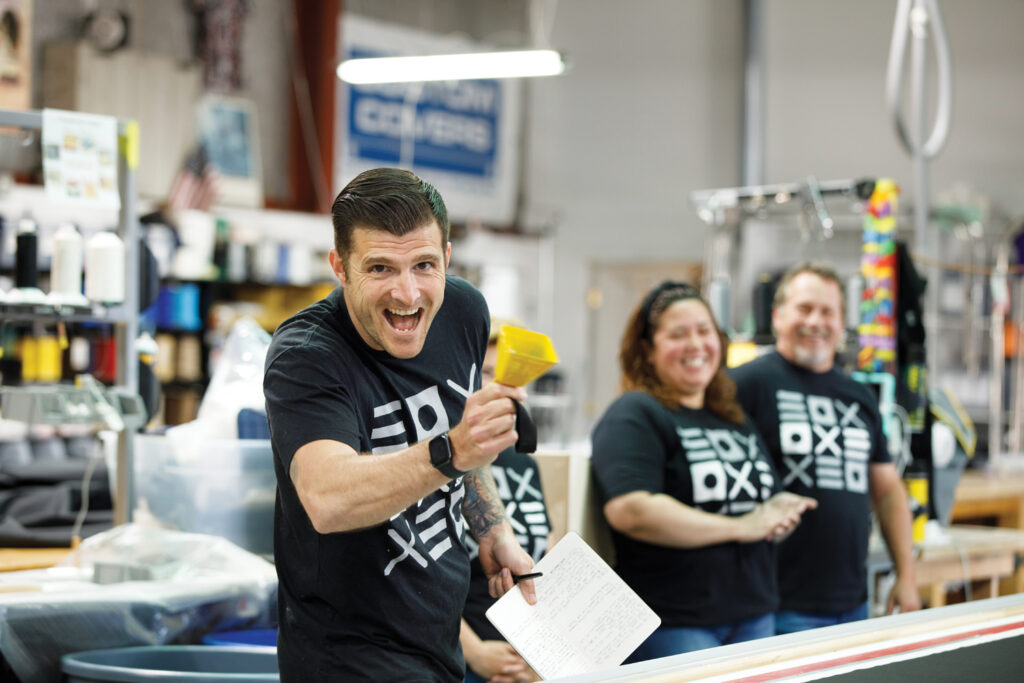
“Mutual respect is critical,” Belliveau says. “Just because someone is young doesn’t mean they don’t deserve respect. The school of hard knocks doesn’t gain much traction anymore. The average younger employee won’t put up with this and they will quickly seek other opportunities elsewhere, if that’s the case.” And for the older generation, he notes, “When you’re getting towards the end of your career, you get a little bit of satisfaction knowing that there’s some legacy in that. And those who are going to be around for a while, I think they value learning from somebody older.”
At the end of the day, says Halliday, “the only constant thing is change. As leaders, we need to adapt and accept what is. Our 20-year-old team members don’t answer the phone when I call, so I need to text. I can be upset by this or accept it and focus my energy on more important things. The only solution is internal. How am I going to respond? What can I do differently? That is where we need to start—with the person in the mirror.”
Kelly Hartog is a freelance journalist in Los Angeles, Calif.
SIDEBAR: Case study
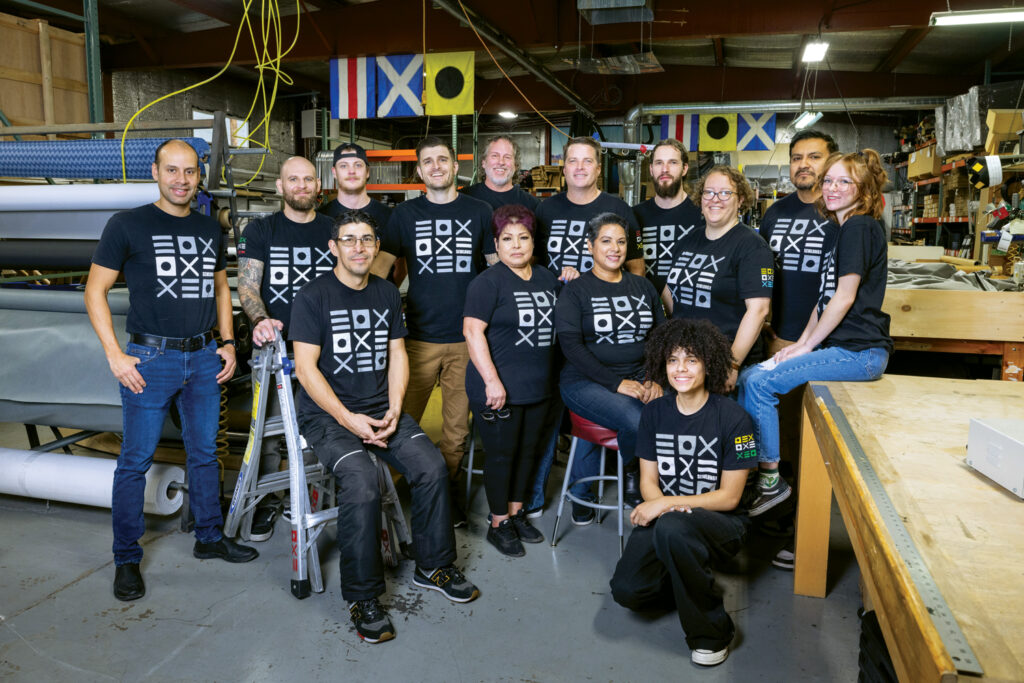
How SewLong welcomes younger workers with open arms
by Megan Phillips
SewLong Custom Covers, a high-end marine canvas and customized textiles provider in Salt Lake City, Utah, prides itself on warmly welcoming younger employees into the industry, offering a place for them to develop their skill sets while pursuing their passions.
While Crystal Burgdorf, CAD designer, and Antonio Claus, a sewing machine operator, were previously unaware of the marine industry, they say they were welcomed with enthusiasm at SewLong and allowed to learn at their own pace.
“I really love the culture that we have built here at SewLong,” says Burgdorf, who has been with the company for more than two years. “We take care of each other and challenge each [other] to be better every day. I love the community of the industry…It’s like we’re one big family.”
They both agree that younger people entering the workforce may not consider the marine industry when searching for jobs because they don’t know it exists.
“They probably don’t understand what the marine fabricator industry is,” says Claus, who has been with the company for almost two years. “[It] may seem a little intimidating.”
To make the industry more approachable, Burgdorf suggests that marine fabricators become involved in their community to expose younger people to their business and what kinds of positions are available.
“Go to job fairs at schools, attend local events, maybe even host activities for them to learn how to do simple things,” she says.
Claus suggests “advertising that you don’t need any very specific skills” to encourage younger workers without experience to apply and to emphasize the opportunity for advancement.
Above all, Burgdorf and Claus say friendliness is the key to making younger workers feel welcome as newcomers to the industry, and they both agree that SewLong has been successful in doing that.
“SewLong made me feel like I belong here, that this is my place,” Burgdorf says.
Megan Phillips is the assistant editor of Specialty Fabrics Review magazine.
 TEXTILES.ORG
TEXTILES.ORG 





